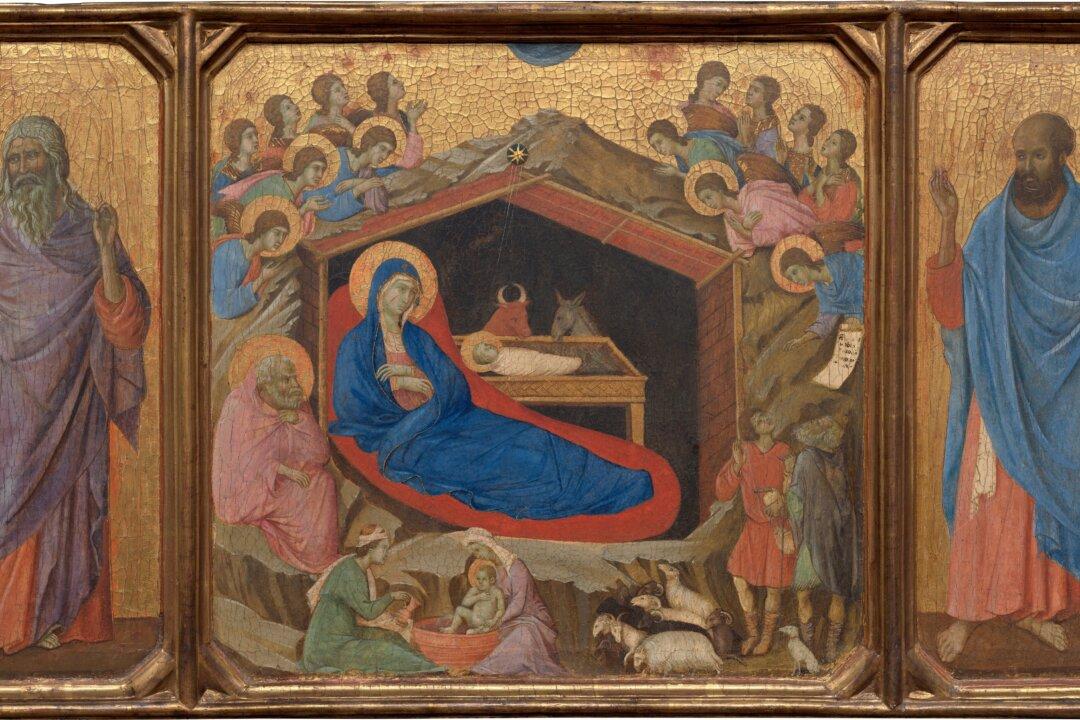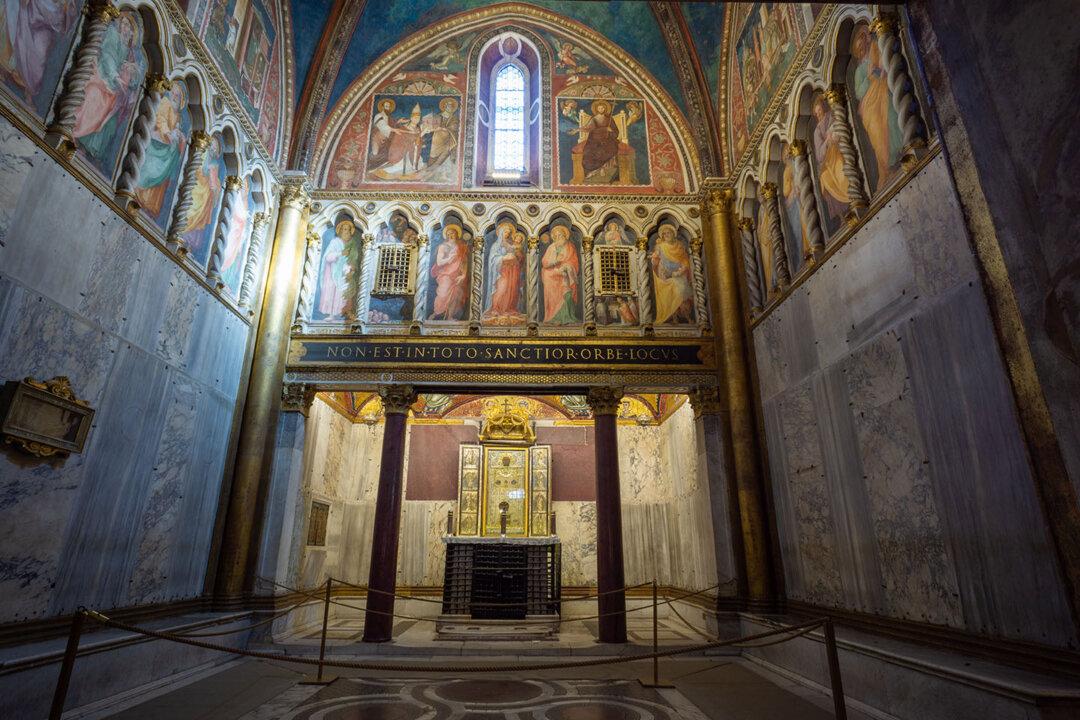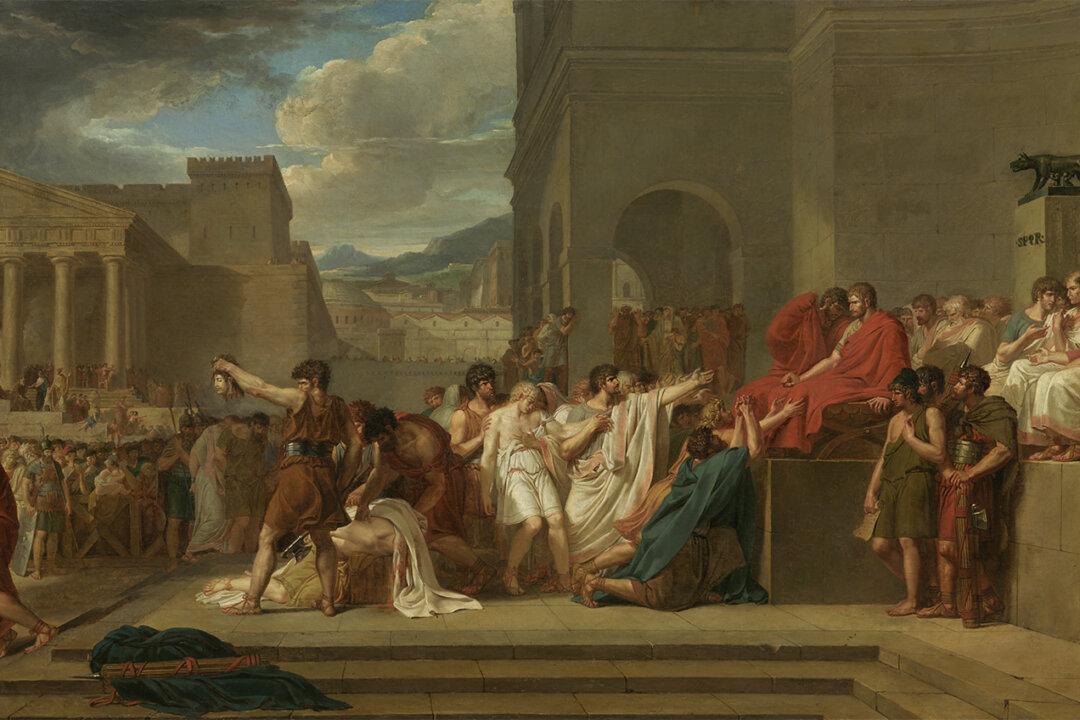Sandro Botticelli (circa 1445–1510) is by now an almost household name for those familiar with Western art. Yet one might be surprised to learn that in the few centuries after the Renaissance, artists largely disregarded him as primitive, medieval, and not on par with the perfection achieved by Raphael and Michelangelo.
Indeed, it has only been 100 years since Botticelli’s reputation resurged as an important master of the early Renaissance, whose works speak much about the intricate relationship between Greco-Roman and Christian cultures in Italian society.





